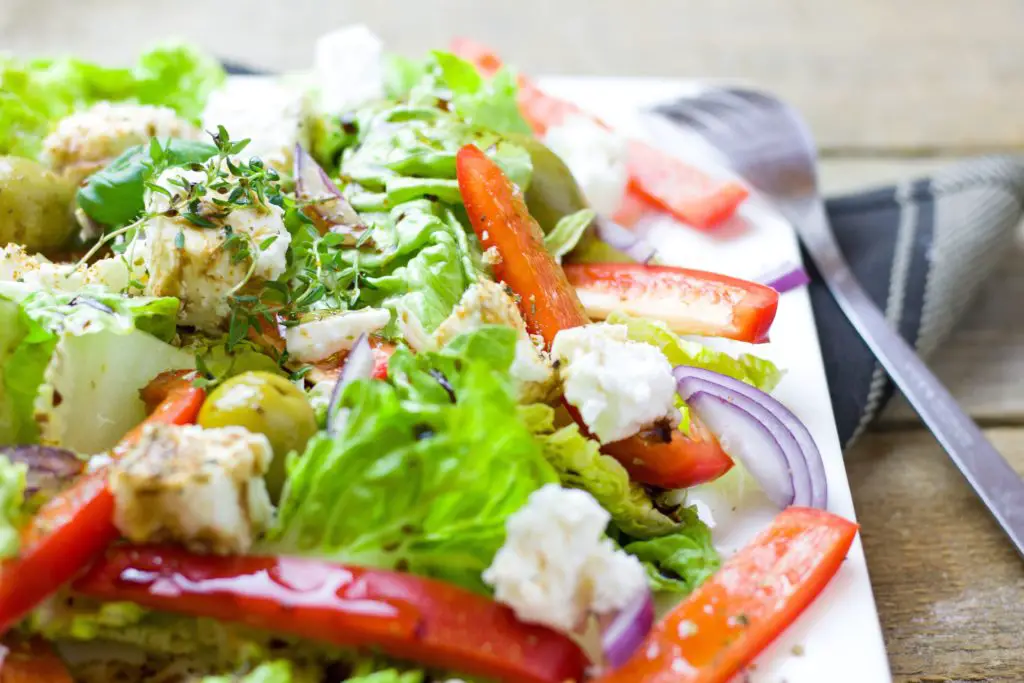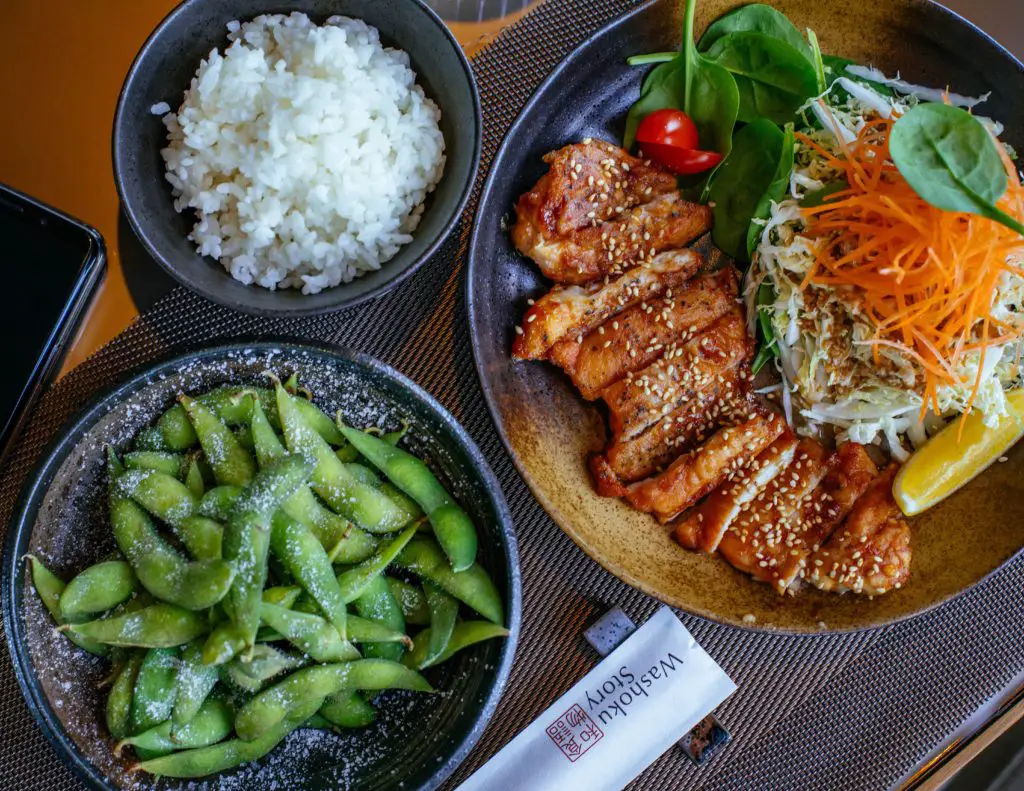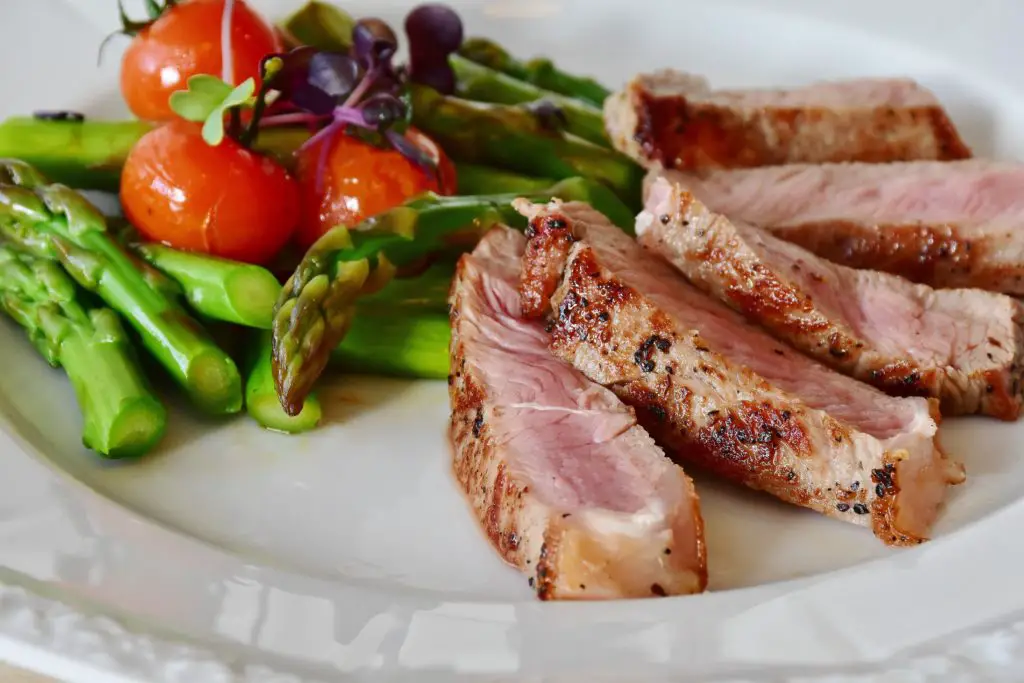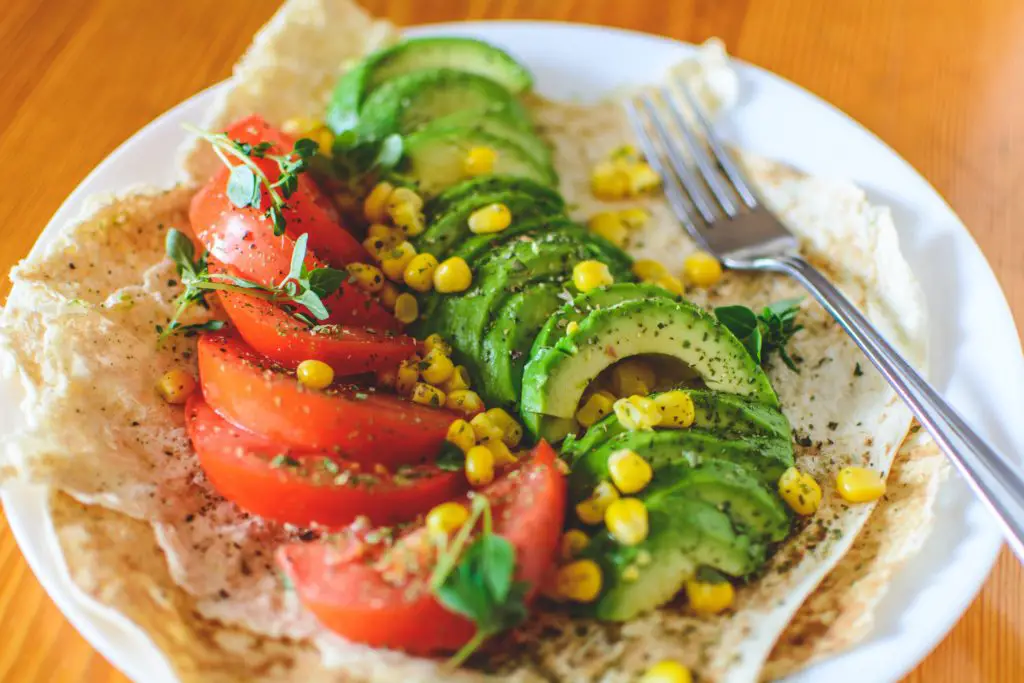What is Whole30 Diet?
The Whole30 is not a diet, a weight-loss plan, or a quick fix – it’s designed to “change your life,” the founders say, by eliminating cravings, rebalancing hormones, curing digestive issues, improving medical conditions, and boosting energy and immune function. The theory behind it is that all sorts of physical and mental health issues – ranging from acne to depression to allergies – could be due to your diet. But you can’t know which foods are to blame for what ails you unless you cut out all traces of sugar, alcohol, grains, dairy and legumes for 30 days. By day 31, you’ll be free from your food fog and may not even miss your nightly wine ritual or morning muffin fix. If and when you reintroduce food groups, your body’s reaction will tell you which foods you should continue to avoid – or at least limit.
Pros & Cons
- Short-term
- No calorie-counting or exercise required
- Goodbye to grains, dairy, sugar, legumes and alcohol
- Only the highly committed and organized need apply
Whole30 Diet ranked #35 in Best Diets Overall. 39 diets were evaluated with input from a panel of health experts. See how we rank diets here.
How does Whole30 Diet work?
The Whole30 program is only 30 days, but it’s a very restrictive 30 days. You’re urged to eat real, whole foods, including lots of veggies, while carving out things like sugar, grains, and dairy. There is no “cheating” – even a chew of sugar-free gum or splash of skim milk in your coffee sends you right back to day one so the body can completely heal from inflammatory foods, diet co-creators Melissa Hartwig and Dallas Hartwig say. A couple of things you don’t have to worry about on the Whole30 plan are counting calories and weighing or measuring yourself. In fact, the plan forbids the latter in order to bring participants’ attention to the benefits of healthy eating outside of weight loss. If you usually go out to eat or order take-out, you’ll need to learn to meal prep, grocery shop (with a plan!), and cook.
If you’re a social butterfly, you’ll need to strategize how to order water and carrot sticks at the bar instead of beer and wings – or stay home. Fortunately, the program’s resources suggest solutions to these and other conundrums that may pop up. What’s more, the program’s strong emphasis on social – much of it virtual – support can keep participants inspired and accountable. The Whole30 program is outlined neatly online, where followers can read FAQs, lists of foods that are and aren’t off-limits, and download a program guide. Melissa Hartwig’s latest book, “Food Freedom Forever: Letting Go of Bad Habits, Guilt, and Anxiety Around Food,” details how to stay in control of food, rather than allowing it to control you, for a lifetime.
How much does Whole30 Diet cost?
All that produce and meat can add up – especially if you opt for the “best” options on the Whole30 sample grocery lists, which include 100% grass-fed and organic choices. On the other hand, you probably won’t be paying much to eat out. And again, it’s only 30 days.
Will Whole30 Diet help you lose weight?
While no independent research has been conducted on the Whole30 diet specifically, diets like this one that eliminates entire food groups are bound to make you drop weight, experts say. That was the case for 96% of more than 1,600 Whole30 participants, according to a survey by the company. Most Whole30 dieters lost between 6 and 15 pounds, the survey found. But experts worry that restrictive diets with no room for error can set followers up for failure and prompt them to put the pounds back on – and then some – once the diet is over.
The diet’s freedom to eat without counting calories might cause some followers to go overboard since research shows that tracking what you eat and weighing yourself regularly are two of the most effective strategies for weight loss. Other studies show mixed results on low-carb and restrictive diets:
- A 2015 study in the journal Cell Metabolism compared the effects of a low-carb and low-fat diet on 19 obese men and women who stayed in a metabolic ward where they exercised daily for two weeks. While the low-carb dieters lost a bit more weight, the low-fat dieters lost more body fat.
- A 2014 study in the Annals of Internal Medicine followed 148 obese dieters over one year and found that those who cut carbs lost almost 8 pounds more than those who trimmed the fat.
The Whole30 Diet is ranked #34 in Easiest Diets to Follow
While founders Dallas Hartwig and Melissa Hartwig are adamant in their book and on their website that “you’ve done harder things than this, and you have no excuse not to complete the program as written,” the Whole30 is not for the lazy or noncommittal. Without careful planning, a strong support system, and dogged dedication, a business lunch, flight delay or date night can throw you off and send you back to the start. By nature, diets that eliminate entire food groups are tough to follow. On the other hand, it’s only 30 days.
This isn’t an ideal diet for those who are looking for a convenient meal plan.
“The Whole30: The 30-day Guide to Total Health and Food Freedom” contains more than enough recipes to get you through a month of breakfasts, lunches, dinners, and even holidays and dinner parties. Plenty of recipes – think prosciutto-wrapped frittata muffins and Greek meatballs with avocado tzatziki sauce – can be found online too. Just search the hashtag “#Whole30” on social media sites such as Twitter and Instagram.
Eating out is possible – if you’re prepared to study the menu online, call ahead to ask about the establishment’s cooking oils and be “that person” in your group with multiple dietary restrictions. Your best bet? Move the reservation to next month.
Planning ahead can help you condense your number of shopping trips and account for leftovers. Still, “saving time” is relative here: You’ll likely have to spend more time than you’re used to shopping, prepping and cooking, since takeout and eating out aren’t really viable options.
The Whole30 book offers sample meal plans and recipes, lists of approved foods, and tips on sticking to the plan if you must eat out or eat while traveling. You’ll find even more help online, including money-saving tips, quick-start guides, and shopping lists.
Both feeling hungry all the time and never feeling hungry are common on the Whole30 diet, especially during the first two weeks as your body adjusts to new sources of energy. Eventually, though, you shouldn’t feel those pangs since protein and fiber are filling, and you’ll get plenty of both. Plus, you’re allowed to eat as much as you want and add Whole30-compliant snacks to your meal plan, provided you truly are hungry.
While sugary seasonings and sauces are off-limits, there are ways to make your own and use fresh herbs and spices to give your dishes flavor. For the most part, you’re the cook on this plan, so how good it tastes is up to you.
How much should you exercise on the Whole30 Diet?
While the Whole30 founders endorse movement – be it walks, bike rides, or kettlebell classes – for good health, fitness is not specifically part of the program since food alone, they say, “is the foundation of good health.” Still, the plan offers suggestions on what and when to eat before and after a workout.









